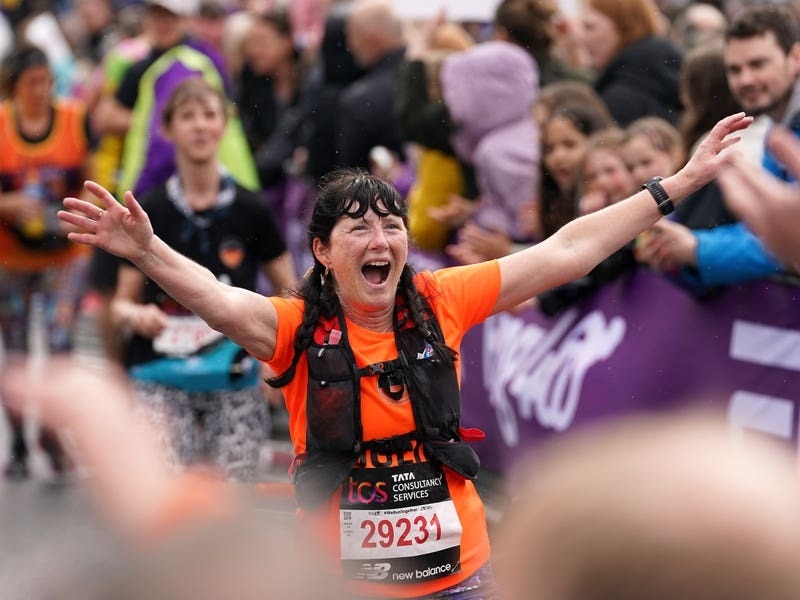A new relay section has been introduced for Islanders who do not feel they can tackle the full distance, and all team members will be equipped with a GPS device to allow fellow members and family and friends to track their progress.
34,024.6 – total number of miles walked by everyone who finished
2,952 – number of miles clocked up by Lieutenant Governor’s Challenge finishers
646 (74%) – number of registered main walkers who finished.
246 (85%) – number of walkers registered for Lieutenant Governor’s Challenge who finished
8 – The age of the youngest walker in the main walk
74 – the age of the oldest walker in the main walk
It will remain a walk, however, not a race and the only competitive element will involve fund-raising, a trophy being the prize for the team which raises the most money.
The event, now called the Collas Crill Island Walk, after the law firm took over as the main sponsor last year, takes place on Saturday 20 June, starting, as usual, from the Elizabeth Terminal at 3 am.
The Lieutenant-Governor, General Sir John McColl, will have an early start himself, as he continues the Lieutenant-Governor’s challenge. Accompanied by families and others who just want to walk a quarter of the distance, he will set off from the start and complete the first of the four sections finishing at St Catherine’s Breakwater.
And he and all participants who reach this checkpoint will be offered a breakfast of bacon rolls, which for the past three years, have been provided by Justin Pledger of Lacerta Restaurant, Les Ormes Leisure Village.
The organisers, including founder Paul Owen, chairman of the Round the Island Walk Trust, and Jake Crichton, treasurer and trustee, are hoping that the relay will result in hundreds more Islanders getting involved for the 25th anniversary year and more money being raised for local charities.
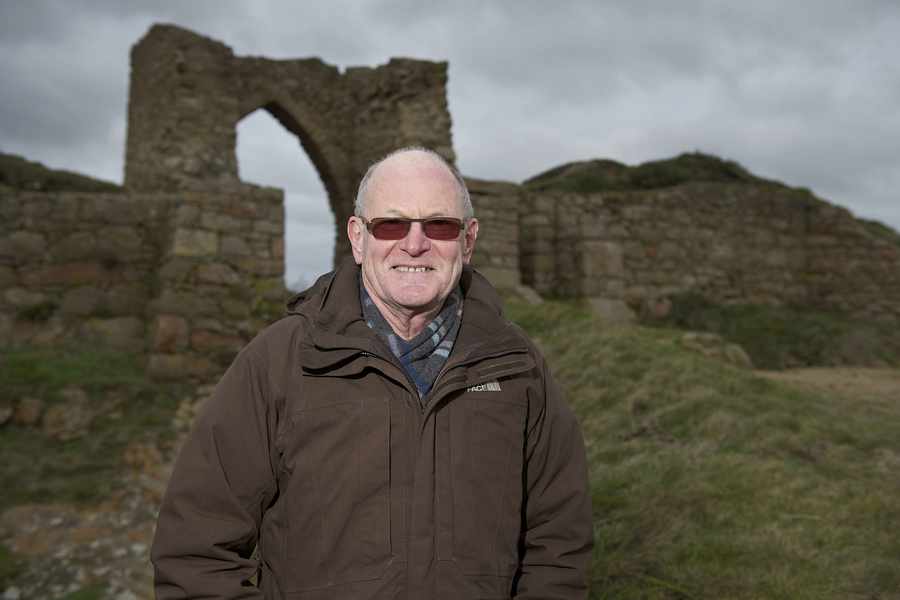
The Walk has raised a total of £1.9 million so far and this year they are hoping the figure will top the £2 million mark.
Jake explained that a tracker device provided as a result of the involvement of Race Nation, who already organise the online entries, meant that relay members would be able to see where their fellow members were en route and would be able to work out fairly accurately the change-over time to prevent them having to wait for too long.
‘A condition is that it is a walk,’ he said. ‘It is not a race. But we are hoping that there will be a competitive element among firms for the most amount of money they can raise.
‘A trophy will be provided for the team who raises the most.’
Jake, an associate director at Nautilus Trust, became involved in the walk as a result of his membership of Rotary de la Manche which has helped with the Walk since 2002.
He will not be a helper on the route this year, however, as he has set himself the challenge of walking the full 48.1-mile distance.
One man for whom the 25th round-Island walk will mean more than most is the founder, Paul Owen.
Never in his wildest dreams did he think 25 years ago that his own personal ambition to walk round Jersey’s coast would result in the success story that the Collas Crill Island Walk (formerly the Itex Walk) has become.
Some people come back year after year and others make it a once-in-a-lifetime challenge, but in total over the 25 years, there have been more than 19,000 entries from people of all ages and nearly £2 million has been raised for local charities.
- The three main recipients of the funds raised by the walk usually receive about £20,000.
- They represent the areas of environment, age and illness, and young people.
- The three chosen for 2015 are the National Trust for Jersey (for work to improve coastal paths), the Parkinsons Disease Society of Jersey (also celebrating its 25th anniversary) and Centre Point (to install artificial grass on which the children can play).
- Other charities which will also receive donations this year are Jersey Heart Support, Grace Trust, BeachAbility, Shopmobility, Family Nursing and Home Care, Macmillan Cancer Support Group, Helping Wings, the Abbeyfield Association, Glanville Home and the Teenage Cancer Trust.
- To date, the Walk has raised a total of £1.9 million which has been split between a number of local charities.
Originally from Stafford, Paul has always been a keen walker. After he settled in Jersey in 1976, the idea of making his way round the coast emerged as he took walks at Rozel, where he lived at the time.
But it was not until 1991 that he and 14 of his colleagues at Itex set off from Rozel and walked clockwise round the Island, having already decided to raise money for charity and agreed that the walk should be on the Saturday closest to the longest day of the year – a tradition that remains today.
Paul remembers getting as far as Bouley Bay and thinking that he was not going to make it.
‘I was three miles from my home, at Bouley Bay, and sat down for a drink and couldn’t get going again,’ he said. ‘The thing that did get me going again was thinking of women in Ethiopia suffering the famine having to walk 40 miles just to get water. I thought if they can do that, I can walk three miles to the end.’
The group, who raised £1,500 for Jersey Cancer Relief, decided to repeat the exercise the following year. Interest grew and by the fourth year, there were more than 100 participants, which resulted in the starting point switching to the ferry terminal and the walk direction changing to anti-clockwise.
Paul then took on the main organiser’s role. The planning starts with a large team of volunteers, many from Rotary de la Manche, who are involved in ensuring that checkpoints are manned, food and drinks are provided and bags are transported for the 1,200-plus walkers en route. Paul, who is chairman of the Round the Island Walk Trust, derives great satisfaction from the event, including seeing people finish the 48.1 miles in all kinds of conditions.
‘It’s a fantastic feeling of euphoria when you complete it,’ he said, adding that he had been surprised at the level of interest both locally and outside the Island, with people travelling from all over the world to take part.



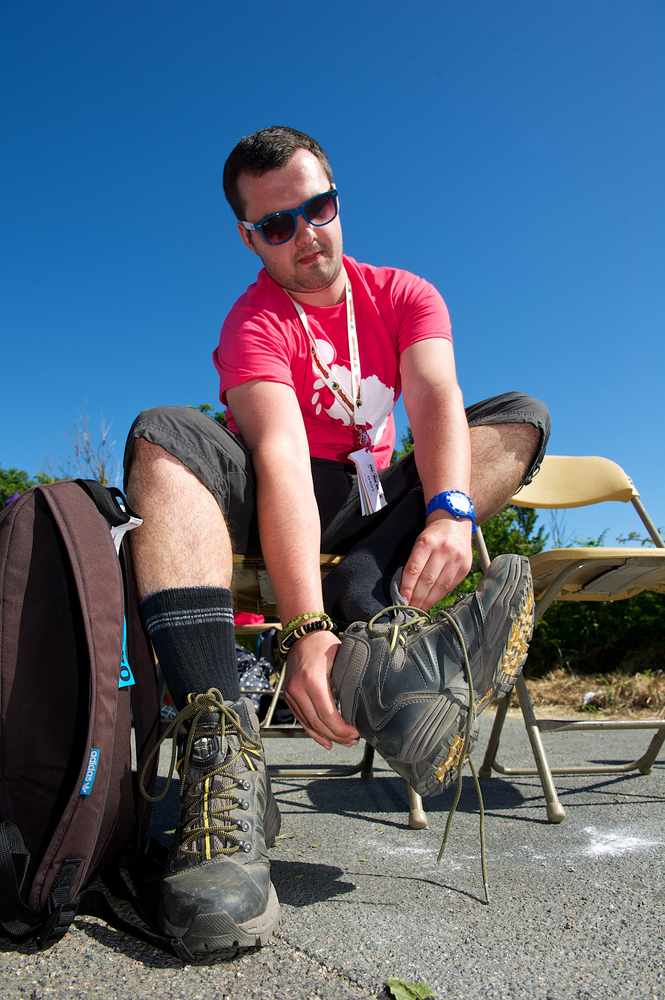
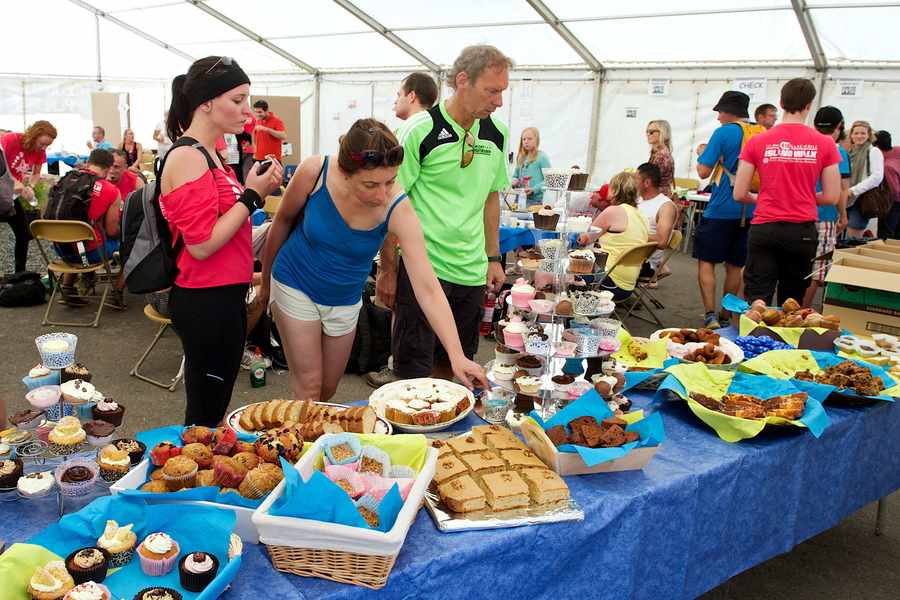

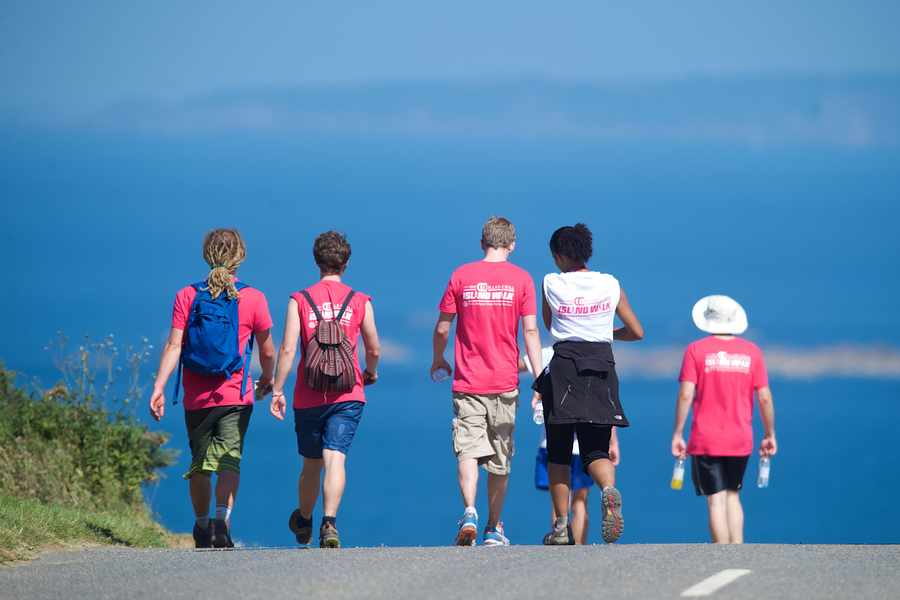

Although he has not done the full walk for many years, he enjoys recreational walking with his partner, Valerie, and he has not ruled out the possibility of completing it again.
‘I’d love to do it again, but not this year – I’d need more training,’ he said, emphasising the importance of training for all participants, from a half-hour daily walk in January to longer walks at the weekend, building up to one or two of 30 to 35 miles at the end of May or beginning of June.
He always wears two pairs of socks and a good pair of walking boots, but said that everyone had their own preferences for footwear and methods of preventing blisters.
Looking back, Paul, a business analyst at State Street, admits that he is proud of what has been achieved over the past 24 years and that so many local charities have benefited. ‘As far as I was concerned, it was a one-off for me just to achieve something I wanted to do.
‘My feelings today are huge pride in having created such a prestigious annual event in
the Jersey calendar and immense satisfaction in knowing we have raised so much money
and have been able to help so many individuals and organisations.’
For more information about the Collas Crill Island Walk, assisted by Rotary de La Manche, and to register online, go to ccislandwalk.com.

IF walking 48.1 miles round the Island once seems quite an achievement, imagine doing it 17 times in consecutive years.
Rita Hill, a 62-year-old senior care worker, has done just that, and is already training for this year’s Collas Crill Island Walk to make it 18 in a row.
The first round-Island walk she completed was in December 1998, after she had participated in, but not completed, the Itex Walk in the summer.
‘I had to stop at Le Braye slip,’ she recalled. ‘Then I thought I would do it again and train, because we had done no training that first year. We just went out and did it. So I started to walk everywhere, enjoyed it and have done it every year since.’
She began that first walk with her friend Beryl Le Maistre (72), a retired electronics supervisor, who reached Devil’s Hole before she had to stop.
She has since become Rita’s main support, supplying food and drinks en route and ensuring she gets to the start at the ferry terminal at 3 am.
Rita has no problem with that, having had a good sleep the afternoon and night before, and is just excited and eager to be off at a pace which usually means she finishes in between 15 and 16 hours.
She listens to upbeat music for much of the way, eats little and often and never stops for more than 15 minutes, the one exception sometimes being the checkpoint at La Fontaine pub where the Freedom Church put on a welcome for the walkers, with music, seating and refreshments.
However, she said that there would always be moments during the walk when things became difficult, and she tried to think about holidays and pleasant memories to divert her attention.
‘And Beryl comes every year to encourage me, to bring me food and coffee – I love my coffee – and that keeps me going,’ added Rita, who raises between £400 and £500 every year for the walk’s charities.
She enjoys the company of friends and has been accompanied by several for the event over the years.
Her brother, Frank, also travelled from the UK to complete half of it one year and returned the following year to walk with her for the final half.
Rita, who works at Longfield Villa care home in St Peter, always trains specifically for the event, and she advises anyone considering taking part to do the same, and to include the cliff paths.
She always includes the route in her training, completing the distance over several days or weekends.
She also suggests that people find the footwear that suits them best – ordinary trainers for her, not walking boots – and says that they should not overdo it either in training or during the event.
‘And I would advise people not to run,’ she added.
‘It’s not a race. Enjoying it is the main thing.’





